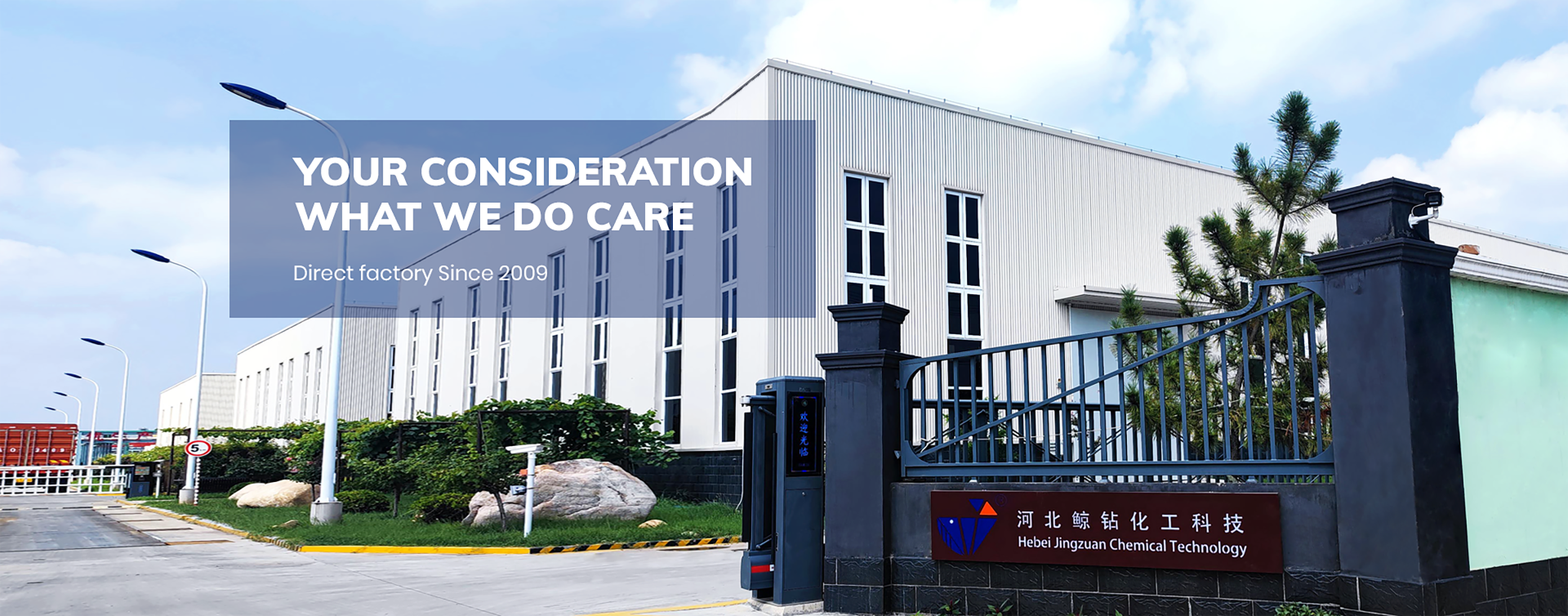
Desemba . 22, 2024 09:47 Back to list
hydroxyethyl cellulose powder
Understanding Hydroxyethyl Cellulose Powder Properties, Applications, and Benefits
Hydroxyethyl cellulose (HEC) is a non-ionic, water-soluble polymer derived from cellulose. It is produced through the etherification reaction of cellulose with ethylene oxide. The resulting white, odorless powder has gained significant attention in various industries due to its unique properties and versatile applications. This article will explore the characteristics, benefits, and uses of hydroxyethyl cellulose powder, highlighting its importance across multiple sectors.
Properties of Hydroxyethyl Cellulose Powder
HEC is known for its excellent solubility in water, allowing it to form transparent and viscous solutions. Its molecular weight can be manipulated during production, resulting in a range of viscosities that cater to different applications. The powder is also resistant to hydrolysis, making it stable in alkaline conditions. HEC exhibits good thermal stability, providing consistent performance across a broad range of temperatures.
One of the most distinctive features of hydroxyethyl cellulose is its ability to modify the rheological properties of solutions. It acts as a thickening agent, a stabilizer, and a film-forming agent, which makes it suitable for various formulations. Additionally, HEC is biodegradable and considered non-toxic, which aligns with growing environmental concerns and the demand for sustainable materials.
Applications of Hydroxyethyl Cellulose Powder
The versatility of hydroxyethyl cellulose powder has led to its incorporation into numerous industries
1. Cosmetics and Personal Care HEC is commonly used in skincare products, shampoos, and lotions as a thickening agent. It enhances the texture and feel of formulations, providing a smooth consistency while improving the stability of emulsions. Additionally, it helps in the controlled release of active ingredients, enhancing the overall effectiveness of cosmetic products.
2. Pharmaceuticals In the pharmaceutical industry, HEC is utilized as a binder and a controlled-release agent in tablets and capsules. Its ability to form gels makes it useful in ophthalmic formulations, where it assists in retaining moisture and prolonging the contact time of drugs on the eye surface.
hydroxyethyl cellulose powder

3. Food Industry HEC serves as a food additive, classified under E466. It acts as a thickener, stabilizer, and emulsifier in various food products. Its presence in sauces, dressings, and dairy products enhances texture and contributes to product consistency, all while being safe for consumption.
4. Construction In the construction industry, hydroxyethyl cellulose powder is used in tile adhesives, mortars, and coatings. It improves workability, adhesion, and water retention, making it an essential ingredient for high-performance building materials. Its water retention capability is particularly advantageous for prolonging the open time of adhesives, allowing for better adjustments during application.
5. Agriculture HEC finds applications in the agricultural sector, especially in the formulation of plant protection products and fertilizers. It helps in the encapsulation of active ingredients, ensuring controlled release and increased efficacy. Moreover, HEC improves the spreadability of formulations, which enhances coverage and absorption by plants.
Benefits of Using Hydroxyethyl Cellulose Powder
The integration of hydroxyethyl cellulose powder into formulations offers a range of benefits
- Enhanced Stability HEC contributes to the stability of emulsions, preventing phase separation and improving shelf life. - Improved Texture and Consistency It modifies the viscosity of products, leading to a more pleasant user experience, particularly in cosmetics and personal care items. - Sustainability Being biodegradable and derived from natural sources, HEC supports the trend towards eco-friendly products. - Versatility Its wide range of applications makes HEC a valuable component in various industries, adaptable to diverse formulation needs.
Conclusion
Hydroxyethyl cellulose powder is a multifunctional ingredient with a critical role in various industries, including cosmetics, pharmaceuticals, food, construction, and agriculture. Its unique properties and benefits make it an indispensable component in formulations aimed at enhancing performance and user experience. As industries continue to evolve, the demand for safe, effective, and sustainable ingredients like hydroxyethyl cellulose will likely grow, solidifying its position in the market.
-
Versatile Hpmc Uses in Different Industries
NewsJun.19,2025
-
Redispersible Powder's Role in Enhancing Durability of Construction Products
NewsJun.19,2025
-
Hydroxyethyl Cellulose Applications Driving Green Industrial Processes
NewsJun.19,2025
-
Exploring Different Redispersible Polymer Powder
NewsJun.19,2025
-
Choosing the Right Mortar Bonding Agent
NewsJun.19,2025
-
Applications and Significance of China Hpmc in Modern Industries
NewsJun.19,2025







